Neverwhens, Where History and Fantasy Collide: “When the Levee Breaks (and the Goddess Wakes), I’ll Have a Place to Stay…”
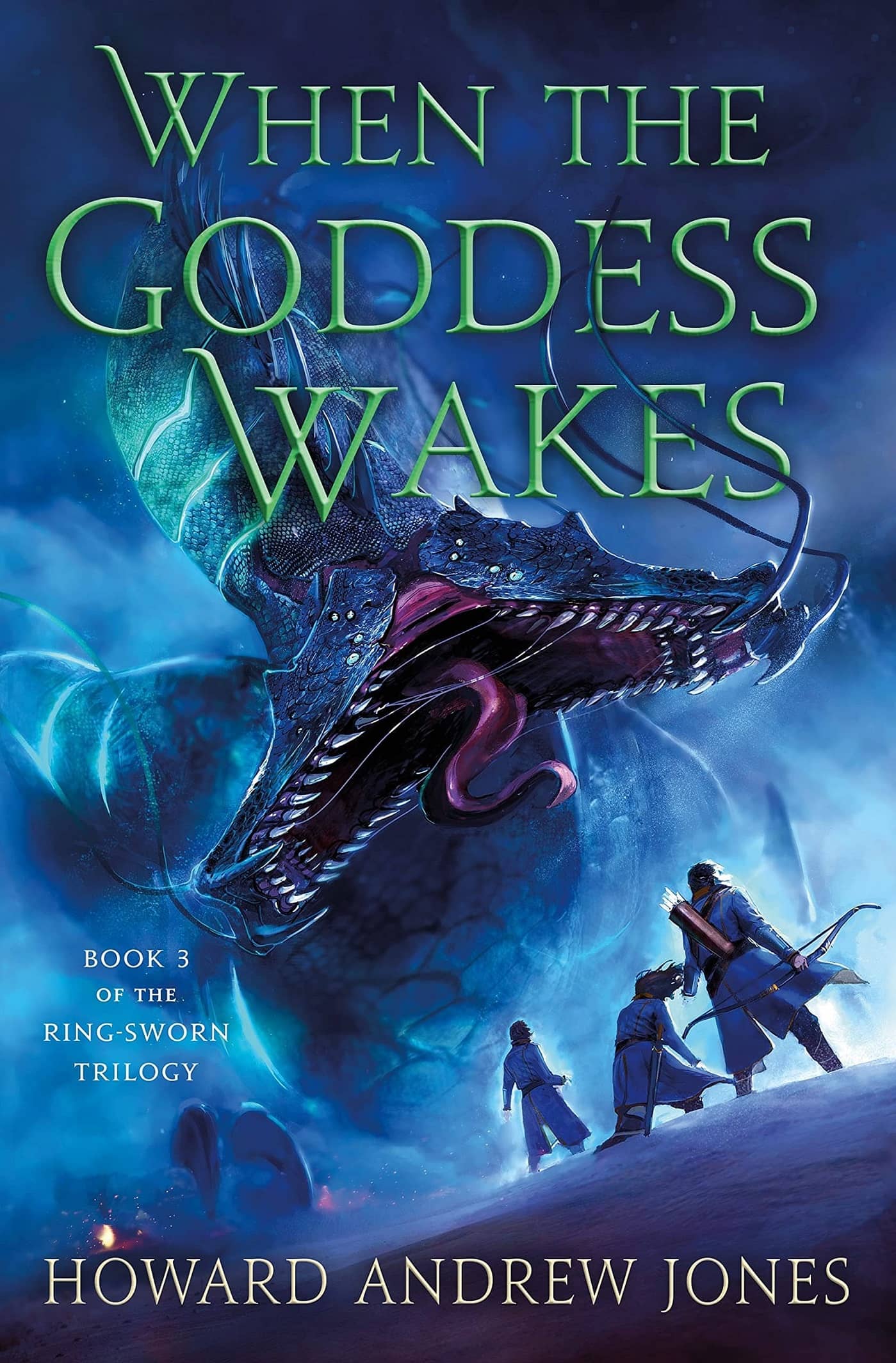 |
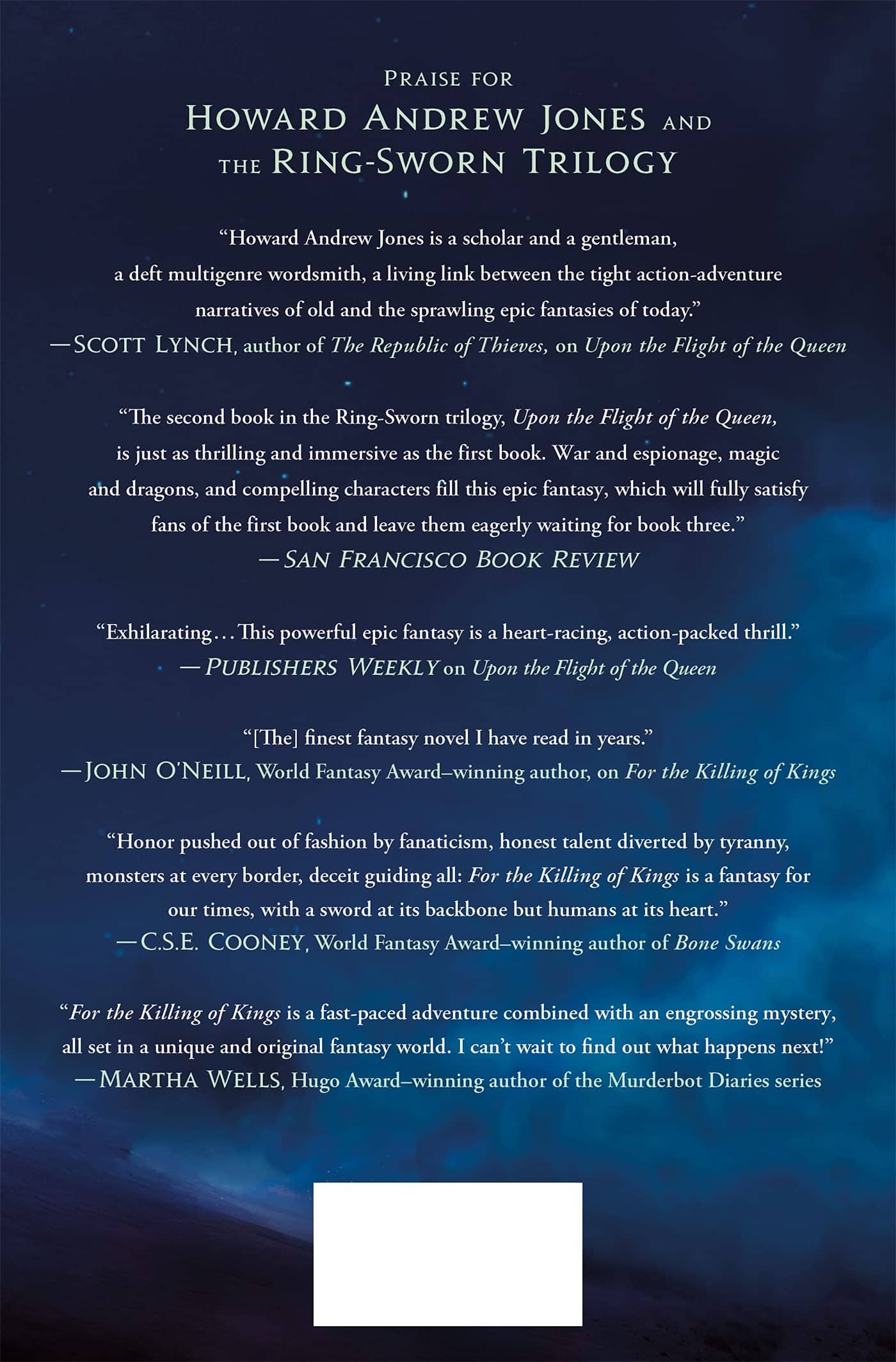 |
When the Goddess Wakes (St. Martin’s Press, August 2021). Cover by Lauren Saint-Onge
Know, O prince, that between the years when Stag-flation and the Iran Hostage Crisis drank the Carter Administration, and the years of the rise of the stepson of Roger Clinton Sr, there was an Age Undreamed of, when sword & sorcery, high fantasy epics, slender trilogies and stand-alone novels lay spread across bookshelves like paper jewels beneath fluorescent stars.
This tongue-in-cheek riff on Robert E. Howard’s famous quote from the Nemedian Chronicles is a perfect way to begin a review of Howard Andrew Jones’s concluding volume of the Ring Sworn Trilogy, because it is both a very modern fantasy, and yet, in so many ways the product of growing up as a fantasy-reading GenXer – which both Jones and I are.
In the 1980s, the sword & sorcery crash hadn’t come yet – indeed, Tor had turned Conan pastiche into a Ken Kelly’s illustrated cash-cow, short-story anthologies were common-place, and Le Guin, Michael Moorcock and Roger Zelazny were required reading. The Big Fat Fantasy had emerged – mostly via Terry Brooks, David Eddings and Raymond Feist, but most series were trilogies, written in a far tighter, and more concise fashion, such as Patricia McKillip’s Riddle Master of Hed, Louis Cooper’s Initiate and infinite others.
It is this blending of these themes – the fast-pacing of sword & sorcery, the sweep of heroic fantasy and the concision and tight writing that does not require a book that can also work as an anvil that informs The Ring-Sworn Trilogy, a story in its approximately 1000 page totality would run at least twice that in the hands of a number of popular BFF writers today, yet leaves the readers with just as many scenes beautiful and terrible, inspiring and haunting. More importantly, despite its quick pace, the trilogy provides a memorable cast of characters and rogues whose company I will deeply miss.
And that is where Jones has not remotely written just an homage to days of fantasy past, but also one very much concerned with the present. As much as I enjoyed the diversity of story *model* that proliferated in the 80s, and I find sadly gone today, one cannot deny that diversity of setting and character was another issue entirely. Female leads that were more than sexy, saucy and ass-kicking were as rare as unicorns, queer characters existed mostly to shock or play stock-roles (certainly not leading ones), and most fantasy heroes were decidedly White and either in a thinly-veiled Europe, or outlanders in an “exotic Africa/Asia.”
Ring-Sworn has dispersed with this entirely. Much as women are half the population, so too are half, perhaps a titch more, of the principal heroes and villains. (Madness!) There are straight, gay, bi and trans characters, and something that we rarely see, someone who is asexual and autistic. Different cultures have different degrees of acceptance, but what really appeals here is that Jones portrays the idea of “allies” and “acceptance” far more realistically than we often see – most of our heroes have never even encountered the idea of transgender before, and even when they accept it, they often are forced to confess they don’t entirely understand – but also don’t need to in order to respect and love someone. For those of us with trans friends and loved ones, that felt a lot more real than the way I see the subject portrayed in a lot of modern fantasy – wherein everyone in an iron age society is as perfectly understanding and perfectly accepting of alternative sexuality and gender identity as if they were a progressive politician from the Village.
Indeed, the entire trilogy touches on issues of *relationship* and *identity* and its resolution hinges on them — without ever derailing its pacing or purpose as a story; you never feel Jones is preaching, only storytelling, he simply is working with a broader palette and showing the readers why that produces a more vivid painting.
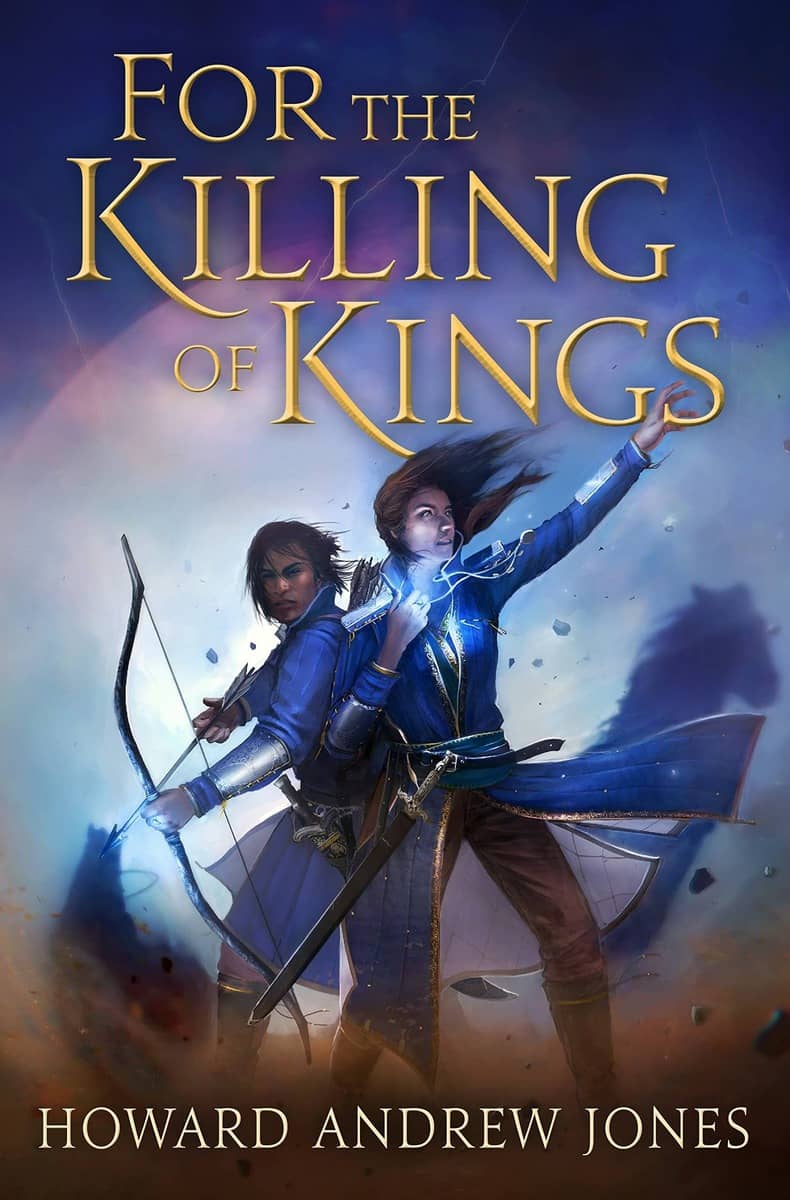 |
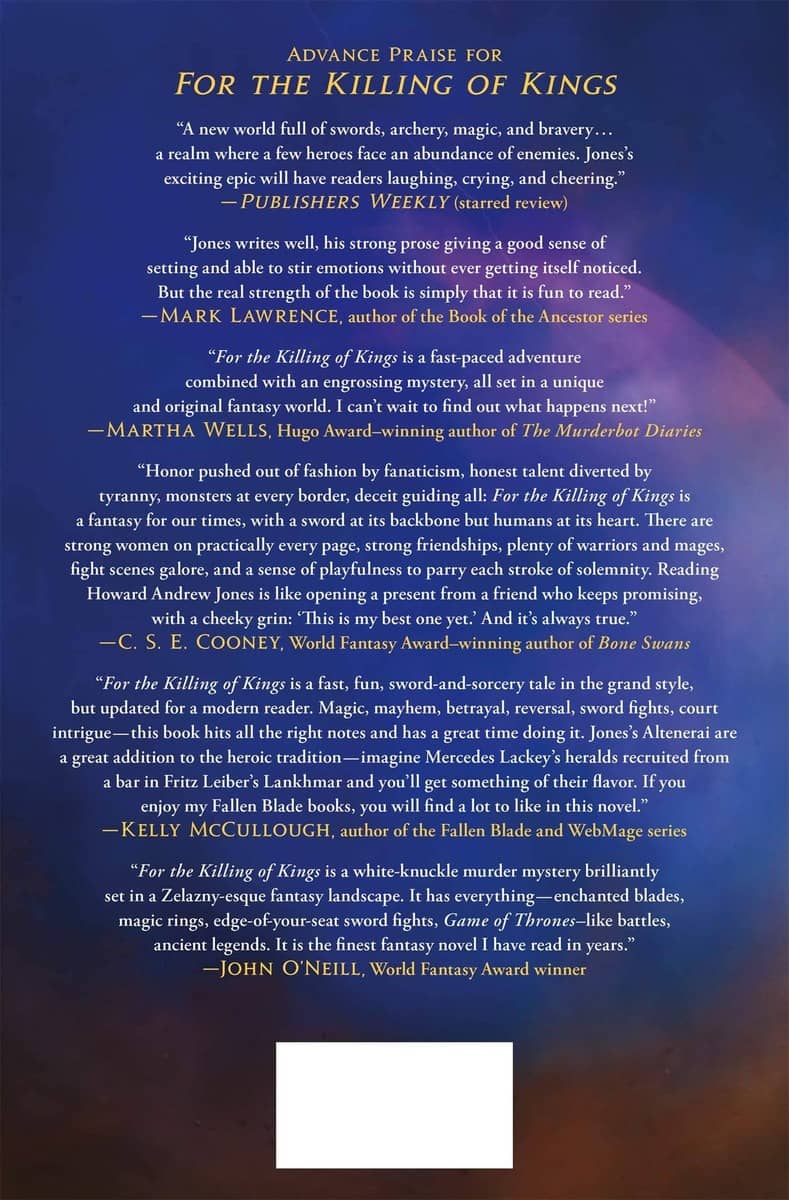 |
For the Killing of Kings (St. Martin’s Press, August 2018). Cover by Lauren Saint-Onge
But this is also a review of When the Goddess Wakes, the final volume of the trilogy, so let’s get down to that. When the Goddess Wakes (The Ring-Sworn Trilogy, #3) opens hours after Upon the Flight of the Queen ends, with our heroes having driven the mad Leonara off, defeated (and claimed the allegiance of) the Naor invaders and saved Darassus, but realizing none of that matters if the queen successfully awakens her sleeping Goddess… a being of Order and Structure who will perfect their world — but not as Leonara thinks. This leads us to a plot device that anyone who’s ever read a Lovecraft story and/or played a roleplaying game should know well: contrive a spur of the moment plan to stop a cult from succeeding in its nefarious plan.
Fortunately, our heroes number among them N’lahr, the greatest tactician of their age.
Unfortunately for them, then, the novel is called WHEN the Goddess Wakes, not SHOULD or IF, and wake, She does, which is only the start of the novel, and our heroes’ problems…
A lot happens in a short time and considering the size of the cast Jones has created, it is impressive how well he resolves their various storylines. The fate of Kalandra – a driving force throughout the trilogy, despite having only appeared briefly as magical “memory” in volume two – is at last revealed, and in a series already full of strong female characters, Jones is tasked with having to make her distinct and interesting, in far fewer pages. He establishes this in a “flashback” prologue – a device I am often not fond of, but here the prologue arguably serves as a mirrored reference to the story’s denouement in the same way that epilogue harkens back to the prologue that began volume one. None of this is padding and when one remembers that a third volume in a trilogy is both a novel in its own right and the final act of a larger tale, the choices he makes here hit just the right note.
As the scope of the threat becomes clear to the heroes, they are forced to make alliance with Cerai, who has prepared for the goddess’s waking, but for purposes dark and terrible of her own. The story hits a frenetic pace in which enemies are without and within. Ironically, the existential threat of the Goddess Herself bares no one enmity… but also not a whit of compassion. She is a transcendent force that reminds us of how many ancient cultures viewed the gods – they cannot be bargained with, only propitiated. Sadly, in this case the Goddess has no interest in being propitiated either, and thus the novel’s final arc begins.
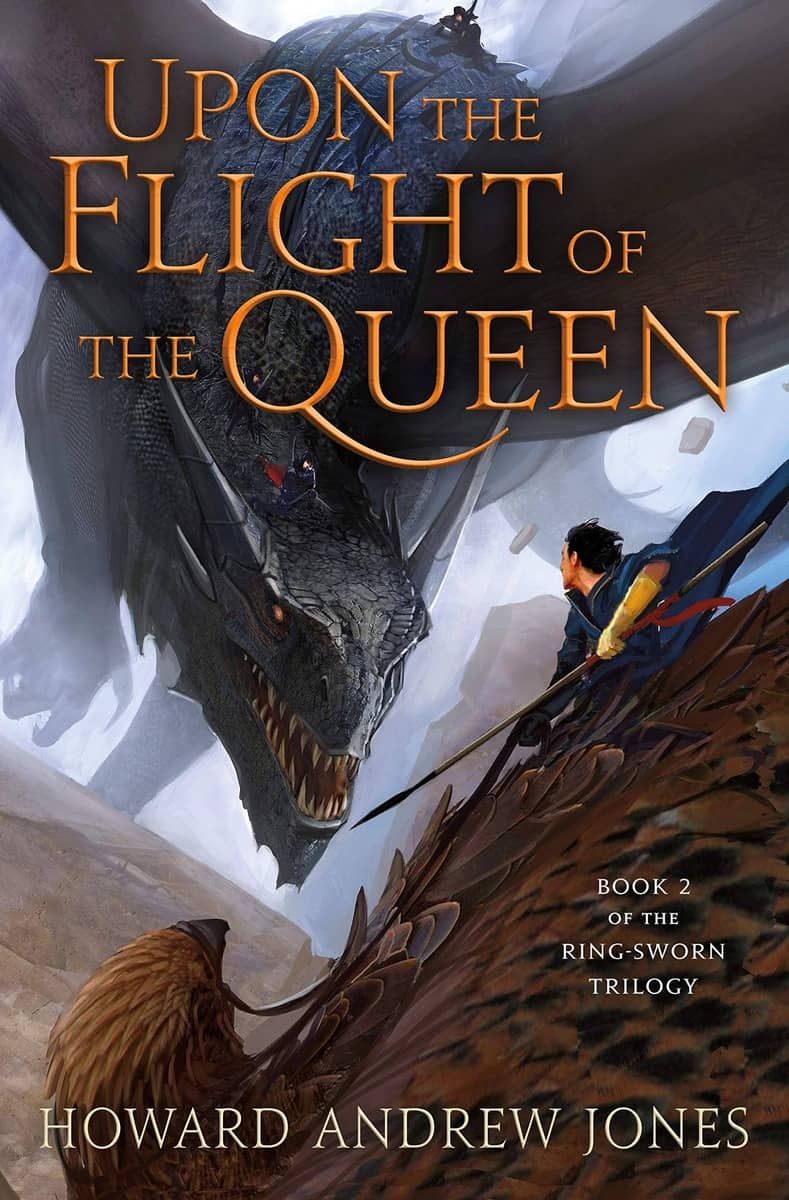 |
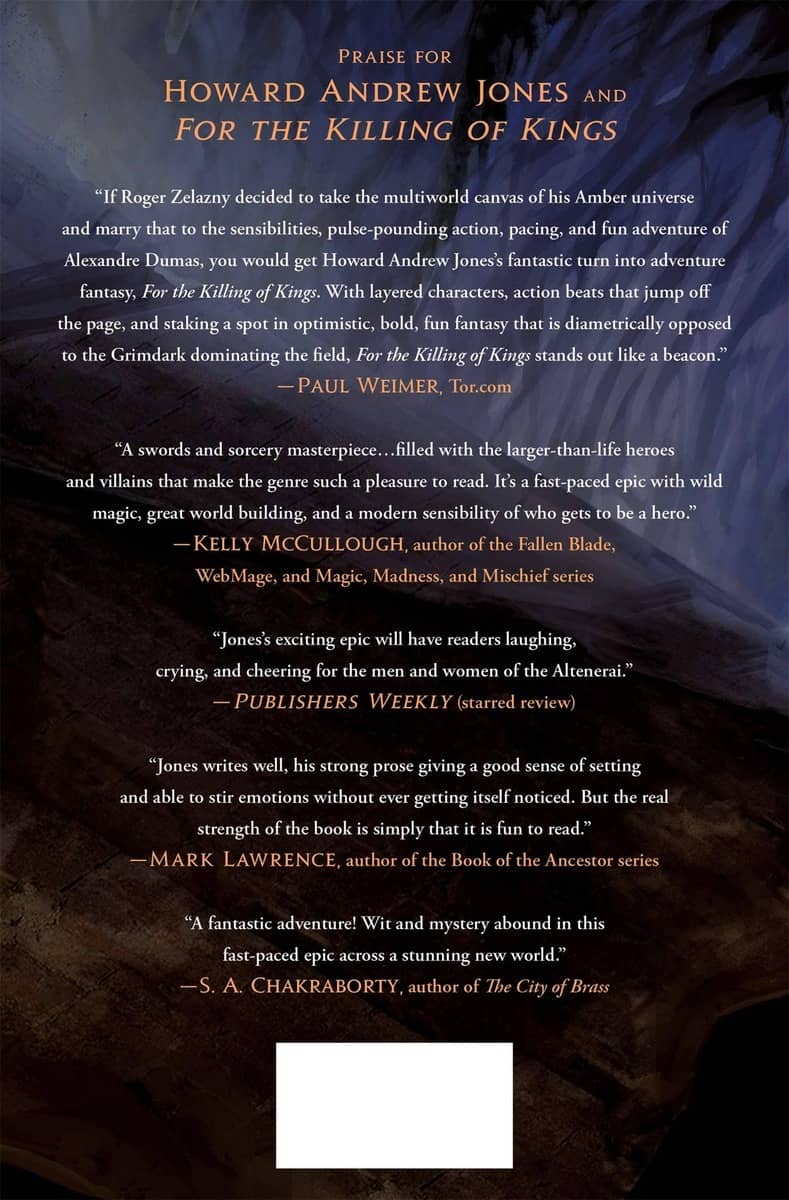 |
Upon the Flight of the Queen (St. Martin’s Press, November 2019). Cover by Lauren Saint-Onge
Jones undeniably sticks the landing. There is love and loss – a lot of loss – the latter not necessarily whom I was expecting, and a number of the deaths are handled with a sudden, brutal finality. The story is resolved, decisively, and the epilogue – not as long and thorough as the multiple endings of The Return of the King, but serves a similar purpose – to show us those who survived finding a place in the world they helped bring about.
My complaints overall are small: a few minor villains are introduced, but there just isn’t enough space to really develop them or their plots – indeed, most are resolved offstage. There is a… wrinkle… with N’lahr that appears to have caught the great general with his pants down, only to show it was yet another contingency for which he had prepared, but I didn’t quite follow how that had been set in motion, nor exactly the significance that his ability to communicate with Varama via a hearthstone was meant to play – or not play – in all of that.
These little omissions or vagaries are a product of the novel’s relatively short size (314 pp) and quick pacing, but they are also quibbles – the major characters all receive their due as do the core plots. Perhaps a few things might have been explored more with an additional 20 pages, but let me put it this way – it is a welcome change to finish an epic
At its heart, The Ring-Sworn Trilogy is a swashbuckler that is attempting to unite the crisp and breathy elements of old-school adventure and sword & sorcery literature with the wondrous world-building and epic scope of high fantasy, all through a lens of modern sensibility. Refreshingly, he does this while writing a positive tale, rather than yet another “grimdark” assertion that all is darkness. Instead, this trilogy hearkens back to the words of a favorite philosopher, Sam Gamgee:
There’s some good in this world, Mr. Frodo, and it’s worth fighting for.
Coming after the disaster of 2020, a bleak UN climate report, and while a pandemic continues to wreak havoc on our world, that is a very timely message, indeed. This series also shows that diversity, modern narrative and the virtues of the fantasy fiction many of us grew up with are not incompatible, and those who argue so — from whichever side — are mistaking their politics for literary constraints.
Howard Andrew Jones has succeeded in leaving me with a collection of characters I genuinely liked, eagerly enjoyed visiting and will now miss. But they have earned their rest. Hail Altenerai!